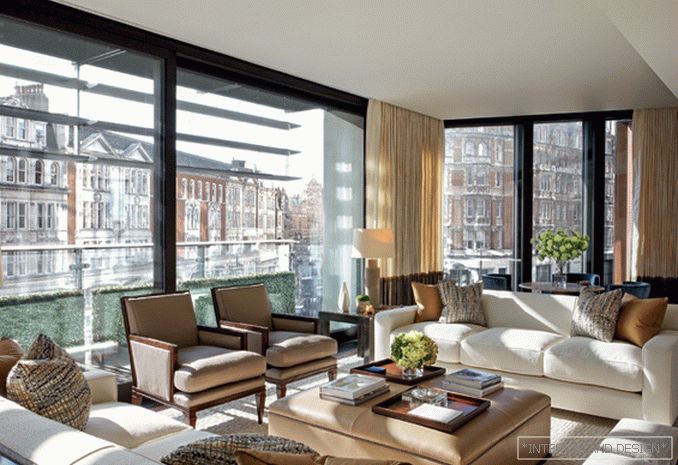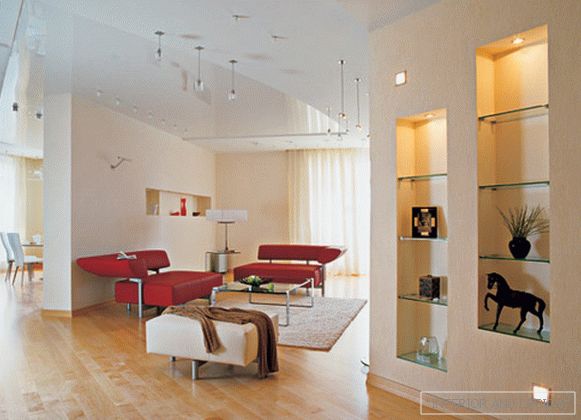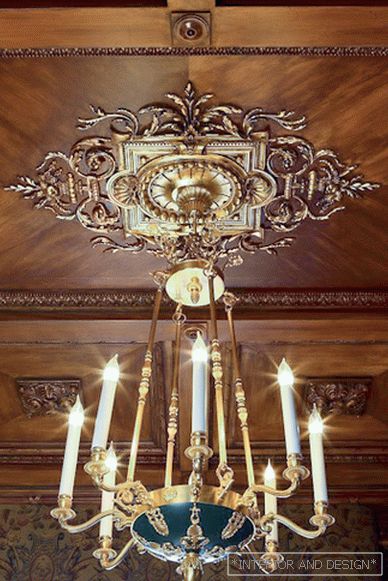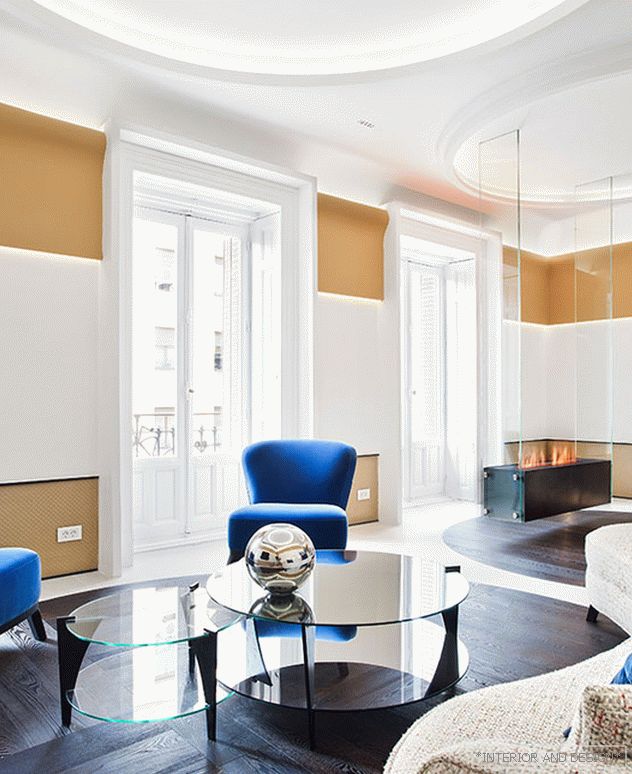The geography of decorator Rints Bruism’s projects is simple: Knightsbridge, Notting Hill, Kensington — in short, the most expensive areas of London. Over 15 years of practice, he was convinced: the powerful people of the world prefer the style of Art Deco. This apartment is no exception.
 Passing the gallery
Passing the gallery Leading headings: Marina Volkova
A photo: - press services
Magazine: N11 (210) 2015
Rints "started" in New York: at the beginning of his career, he worked with Peter Marino, the famous American decorator of our days. From him, Rints took over the love of all things classic. But if the maitre seeks to meticulously restore the interior, bring it to the palace prototype even in small things, his pupil “works in large strokes”. He creates the canvas of the historic interior, filling it with accessories from different eras so that he can play with all the colors. In 2002, Rints moved to London and began working as a team member for another star — set dresser John Stefanidis — and a year later he set sail free. Gradually formed a circle of customers, mainly from the secular parties. Rints well studied their tastes. “Well-off people like the style of elegant, unimpressive luxury, which does not make it less obvious,” he says. “For example, the owner of this apartment gave me a blank card with only one condition: the interior should have been felt as expensive. You see, it is at the level of sensations. ” The starting point for the decorator was the art-deco style, on which he, as he usually did, strung details: from abstract canvases by Juan Miro to lamps with peacock shades. Rints sought inspiration in the works of outstanding architects and designers of the 1930s: Jean – Michel Franque, Marc de Plantier and Paul Dupré-Lafon. He took over their range, mixing techniques of exotic wood and various imitations: metal, stone. By the way, one of Dupre-Lafon's masterpieces — a curved armchair, the standard of French grace, adorns the living room. “For the sake of completeness,” as the author of this pretentious London-and at the same time strangely uncluttered interior says.
Read the full text in paper or



